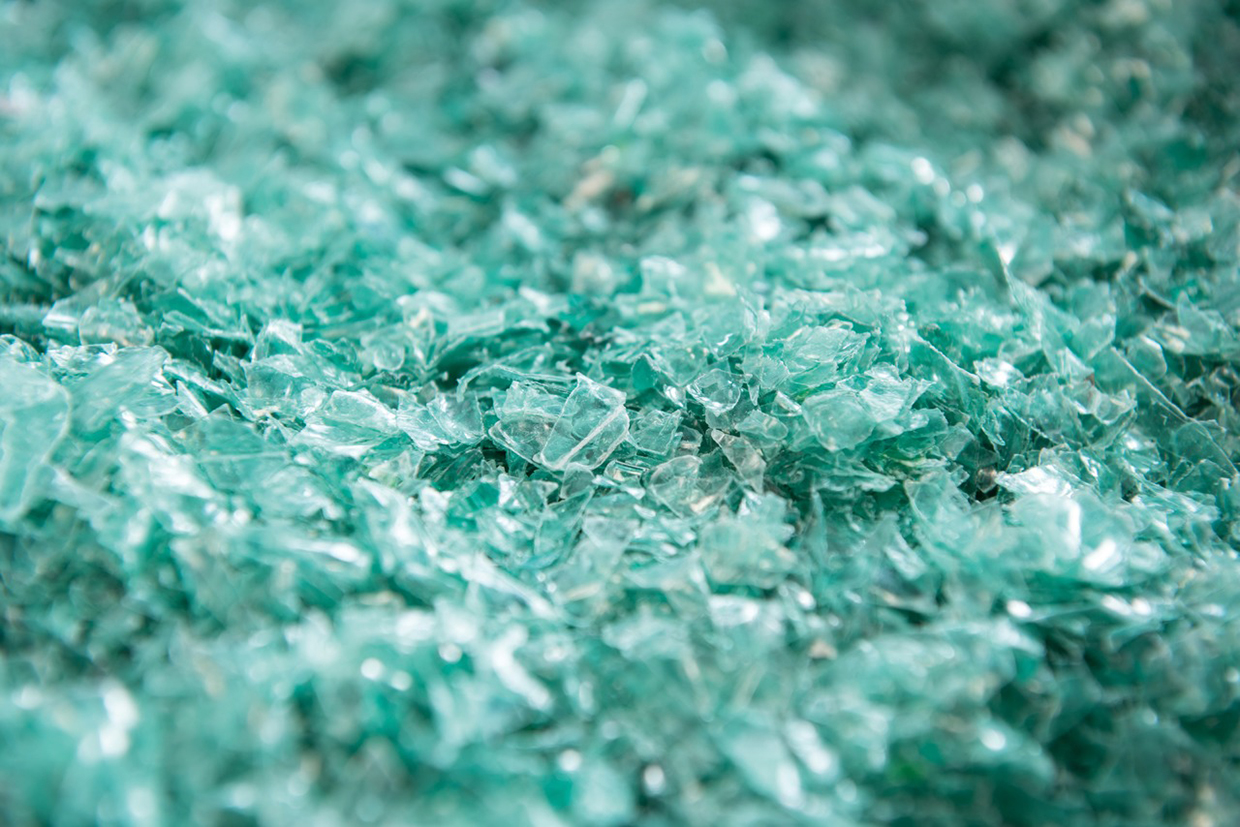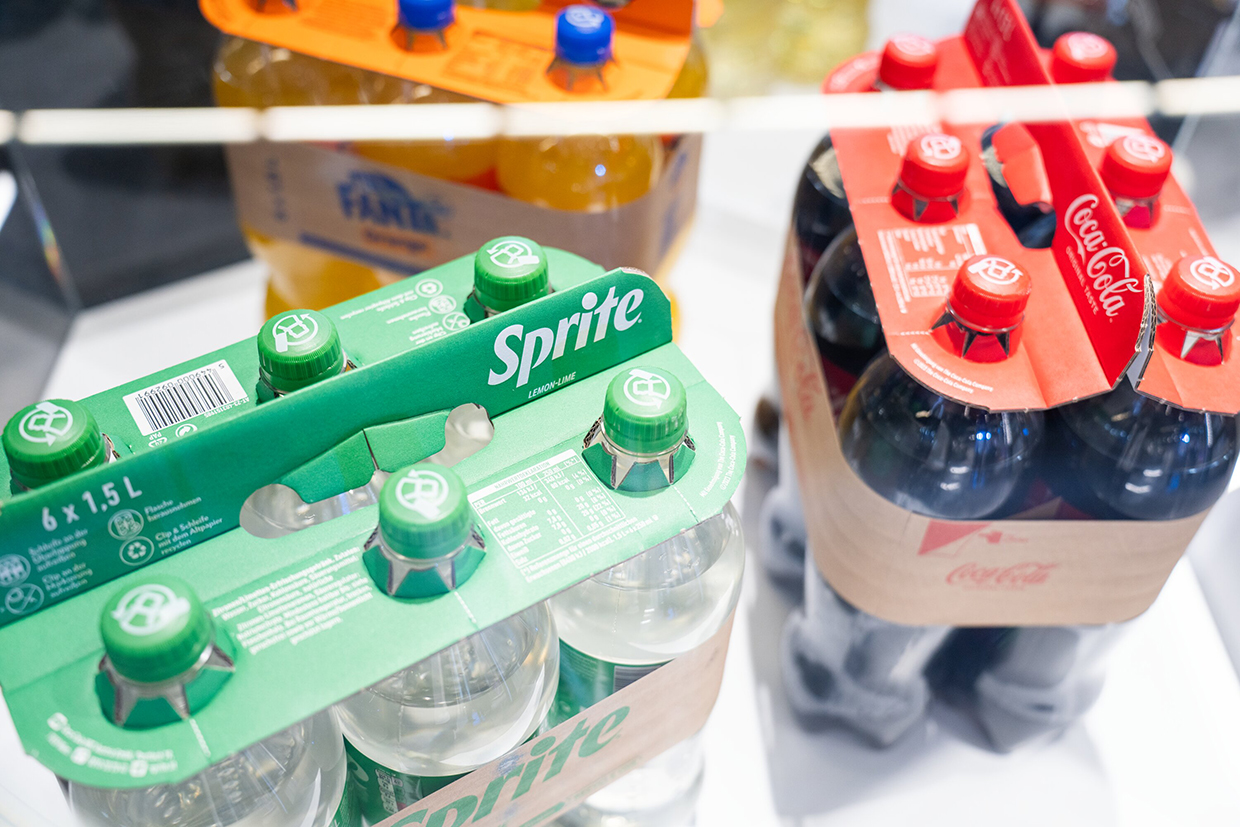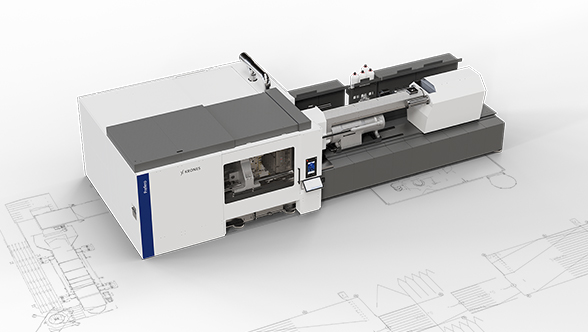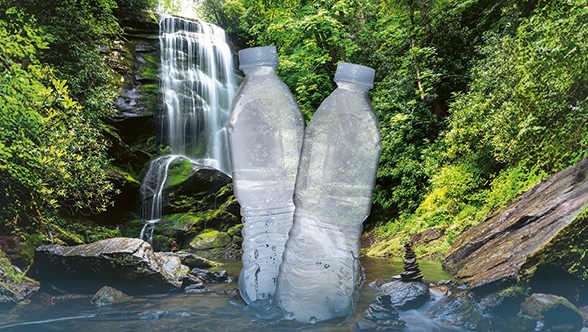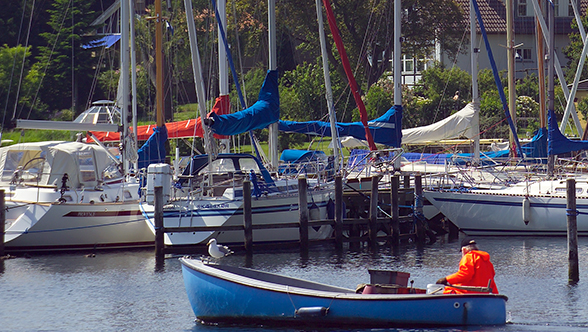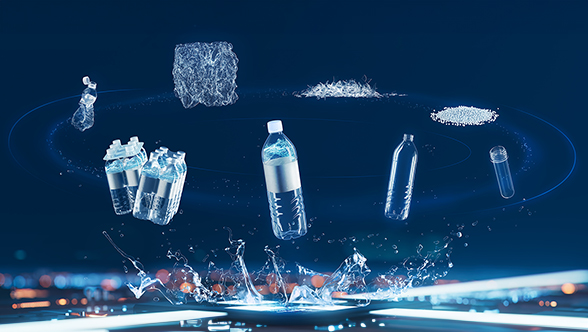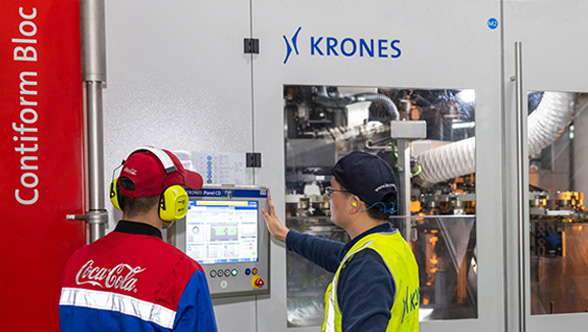There is widespread consensus that plastic waste doesn’t belong in the environment. Much more complicated, though, is the question of what that means for the use of plastics. “It’s crystal clear, isn’t it? We need to reduce our consumption of plastics.” That may at first seem the obvious answer, but put like that it only makes sense on one very significant condition: that the plastic saved is not simply replaced with a different material. Or, to give an example, making a PET bottle lighter, resulting in a net material saving, is a good idea. Replacing the same bottle with a container made from a different material, though? Not necessarily.
Firstly, because replacing the material does not automatically solve the problem of what to do with the waste. And secondly, because every material – whether glass, aluminium or even biodegradable plastic – will cause greenhouse gas emissions in the course of its life cycle, and hence have a greater or lesser impact on the climate. Taking our example, what this means is that in the worst case the PET bottle is replaced with a form of packaging that can just as easily end up as waste in the environment and, indeed, be even more harmful for the climate or much less easily recycled.


